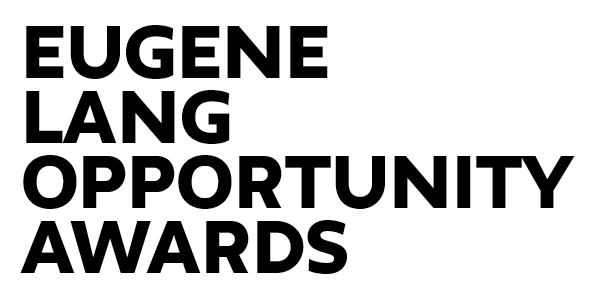Emily Pavis (she/her), Journalism+Design; Minor: Fashion Communication
Twitter: @emilypavis
Website: www.emilyjpavis.com
Research | Creative | Social Justice
 Project Description
Project Description
For my capstone project about the relationship between fashion and disability, I interviewed Joanna Kao, Data Visualization Journalist at The Financial Times. Kao previously taught several classes at The New School on digital accessibility. I had a thorough conversation with Kao about how many brands are lacking in accessibility in regards to digital functionality. While learning about this via my senior capstone project about fashion accessibility for disabled people, I wanted to translate my newfound knowledge into action.
This semester, I interned at American luxury fashion house Brandon Maxwell as a Marketing Intern. One of my responsibilities was to upload images to the brand’s Pinterest page and tag products so that the image was shoppable. Pinterest provides an option to include “alt text”, a written description of visuals for those who use screen readers and may have vision impairments. I made sure to always include alt text descriptions and encouraged others around me to do so as well.
My mom is disabled, and I am very passionate about inclusion for disabled people. One facet of my project is a research report on the value of alt text. Not only does alt text foster inclusion for disabled people, but it also inherently broadens the reach of the content being shared by providing keywords that are picked up by computer algorithms. Alt text contributes to SEO, search engine optimization. I researched the benefits of digital accessibility through this project.
What Form will your Final Project Take?
My final project is in the form of a research report.
Who was supporting you in with work?
Evan Berent, my academic advisor.
How has this project has been impactful or transformative — for you personally or for those this work has impacted:
I interviewed Joanna Kao, Data Visualization Journalist at The Financial Times, for my senior capstone project. During the interview, Kao shared how during the pandemic, she was dealing with eyestrain and decided to use a screen reader. Kao was shocked (but not surprised) to see how little alt text was actually used on images online in articles and even social media sites like Twitter. After talking to her, it sparked a thought: establishments who opt out of using alt text are not just excluding people with disabilities. They are also limiting their online reach due to the impact that text and keywords have on algorithms and the code used by computers to display search results. The connection between Kao’s experience and my own experience utilizing alt text at my internship was extremely impactful because I was able to learn about a problem and work towards finding and implementing a solution.
What would you do differently? How would you advise a student who is going to do something similar?
I would have liked to share my research with my job site so that they could implement web accessibility on a larger scale. As an intern, my responsibilities were limited to the social media pages where I had the opportunity to edit alt text. However, it would have been great to accomplish digital accessibility on the e-commerce website as well.
Are you going to publish or print your work? If so, where?
No.

Short summary
I had an incredible experience interning at Brandon Maxwell. I learned so much about the inner workings of a luxury fashion house. I felt thrilled to be able to make an impact for disabled people by the research I did and how I was able to put it into action.
